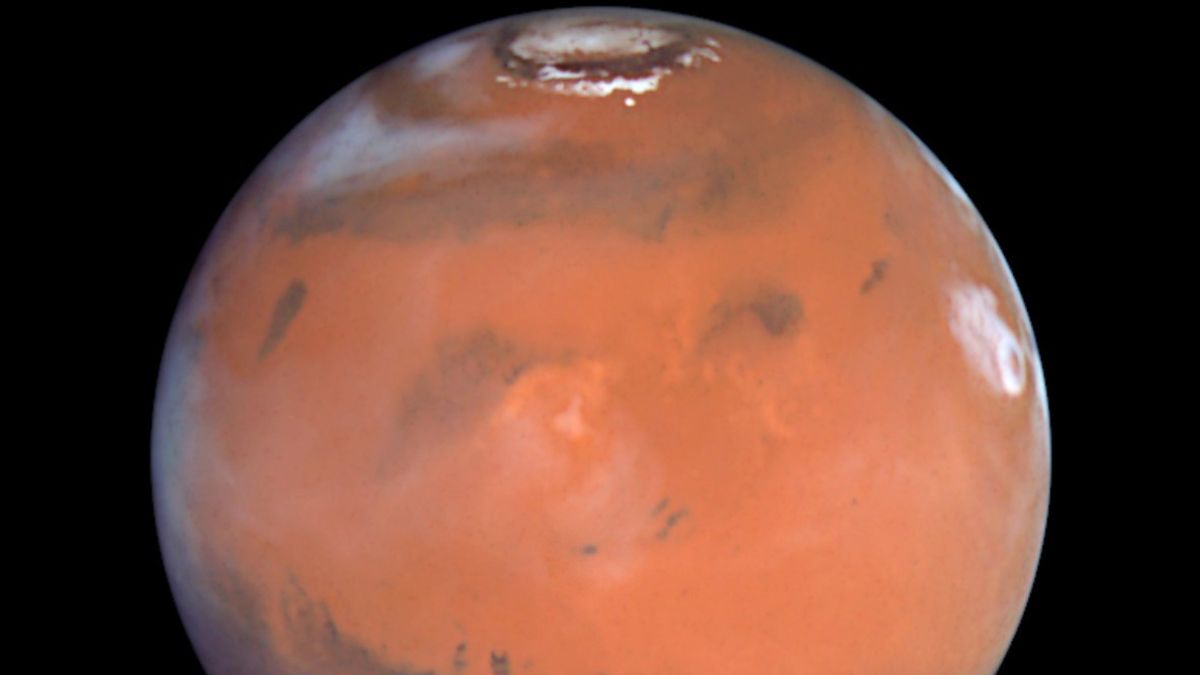JAKARTA The search for traces of life on Mars continues. The researchers found other evidence stating that on the red planet there was once an ocean. The area is equivalent to the Arctic Ocean on Earth.
According to a Sputnik News report, about 4.5-3.5 billion years ago, Mars is believed to have an active surface hydrosphere. At the time, the planet's northern coast was covered by salted oceans with volumes of up to 15-17 million km3, comparable to the current Arctic Ocean.
A team of planetologists led by Alexis Rodriguez, a researcher at the Institute of Planetology intensifies the US, has found a previously unknown crater on the surface of Chryse Peltana. The crater was formed about 3.4 billion years ago and produced a strong tsunami wave caused by Asteroid.
The celestial body has a size comparable to the meteorite that destroyed the dinosaurs, scientists wrote in an article in the journal Scientific Reports.
What really surprised scientists was that the first image of the Maya Valleys (Mayan Valleys) fromANGl1 did not have a distinctive land shape feature associated with the floods, including lined rock deposits and accretion of droplet-shaped sand and clay. In contrast, the "Maja Valles" photos show large rocks covered with large rocks.
Rodriguez and colleagues found that one of these tsunamis really exists, and scientists also found its source in the previously unknown 110-kilometer-long Pohl crater.
The Pohl Crater is located in the lowland 900 km northeast of Maja Valles. The crater was produced by a 10--12 km asteroid collision about 3.4 billion years ago, when the Martian surface was still covered by the ocean.
The fall of an asteroid into one of these oceans resulted in an explosion and formation of a mega-tsunami whose waves reached a height of 250 meters by the time they reached the coast.
"Our simulations that resulted in the impact of the megatsunami run-up are well fit by the older megatsunami deposit margins mapped and predict the fronts that reached the Millennium 1 landing site," the researchers wrote.
"The site's location along the lobe facing the plateau parallel to the erosional flow supports the origin of the megatsunami. Our findings allow that the rock and salt of the soil at the landing site originates from the sea, inviting scientific reconsiderations of the information gathered from the first in-situ measurements on Mars."
In this case, the Mars tsunami is comparable to the events that occurred on Earth 66.5 million years ago which caused the extinction of dinosaurs. This caught the attention of scientists to conduct further research on the Pohl Crater and its surroundings.
The English, Chinese, Japanese, Arabic, and French versions are automatically generated by the AI. So there may still be inaccuracies in translating, please always see Indonesian as our main language. (system supported by DigitalSiber.id)








